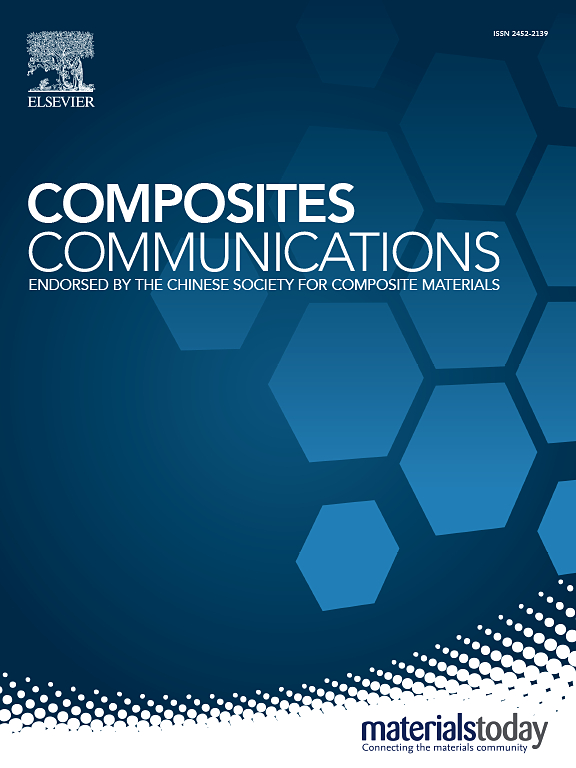Full-color emissive organosilicon-coated carbon dots microspheres for latent fingerprint development with level 3 details
IF 6.5
2区 材料科学
Q1 MATERIALS SCIENCE, COMPOSITES
引用次数: 0
Abstract
Organosilicon-coated carbon dots (OSiCDs) microspheres were synthesized by one-step solvothermal method in which phenylenediamine-derived CDs were encapsulated by organosilicon network structure to achieve blue, yellow and red emissive solid-state fluorescent powder. The influence of the three isomers of phenylenediamine on the solid-state fluorescence of OSiCDs microspheres were characterized in detail. Furthermore, the fluorescence stability of three kinds of OSiCDs microspheres were measured and exhibited excellent stability, which facilitate the acquisition and preservation of fingerprint patterns. The OSiCDs microspheres used as a fluorescence developer were further applied to capture the latent fingerprints (LFPs) on different substrate surfaces. The results indicate that the OSiCDs microspheres can efficiently eliminate background interferences of challenging surfaces, such as multicolored or patterned substrates, and the identified LFPs have clear patterns with high-resolution fluorescence, enabling fluorescent fingerprint recognition at three levels (core, hole, island, and fork). The as-prepared OSiCDs microspheres show great promise in practical application scenarios for fingerprint development.
求助全文
约1分钟内获得全文
求助全文
来源期刊

Composites Communications
Materials Science-Ceramics and Composites
CiteScore
12.10
自引率
10.00%
发文量
340
审稿时长
36 days
期刊介绍:
Composites Communications (Compos. Commun.) is a peer-reviewed journal publishing short communications and letters on the latest advances in composites science and technology. With a rapid review and publication process, its goal is to disseminate new knowledge promptly within the composites community. The journal welcomes manuscripts presenting creative concepts and new findings in design, state-of-the-art approaches in processing, synthesis, characterization, and mechanics modeling. In addition to traditional fiber-/particulate-reinforced engineering composites, it encourages submissions on composites with exceptional physical, mechanical, and fracture properties, as well as those with unique functions and significant application potential. This includes biomimetic and bio-inspired composites for biomedical applications, functional nano-composites for thermal management and energy applications, and composites designed for extreme service environments.
 求助内容:
求助内容: 应助结果提醒方式:
应助结果提醒方式:


